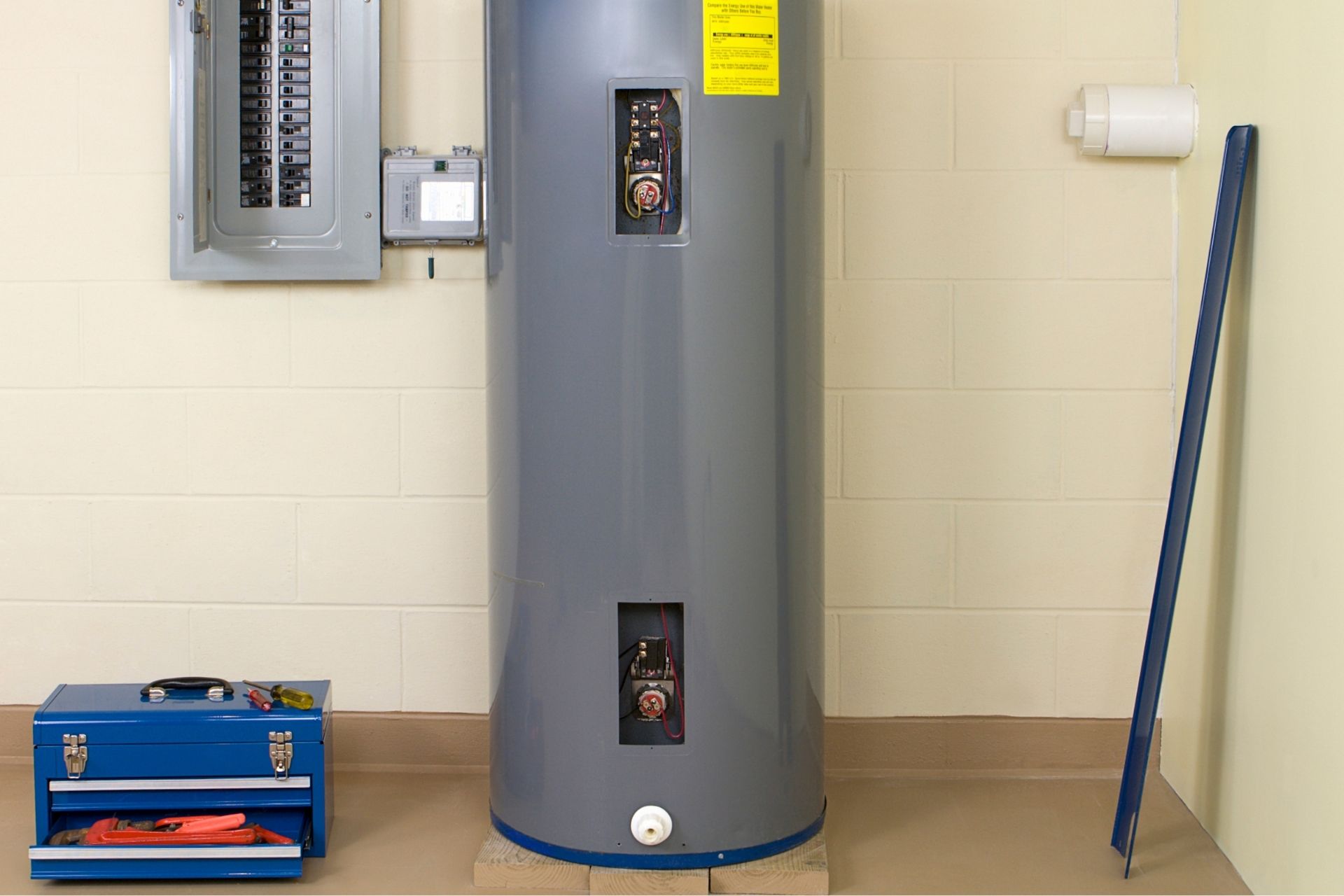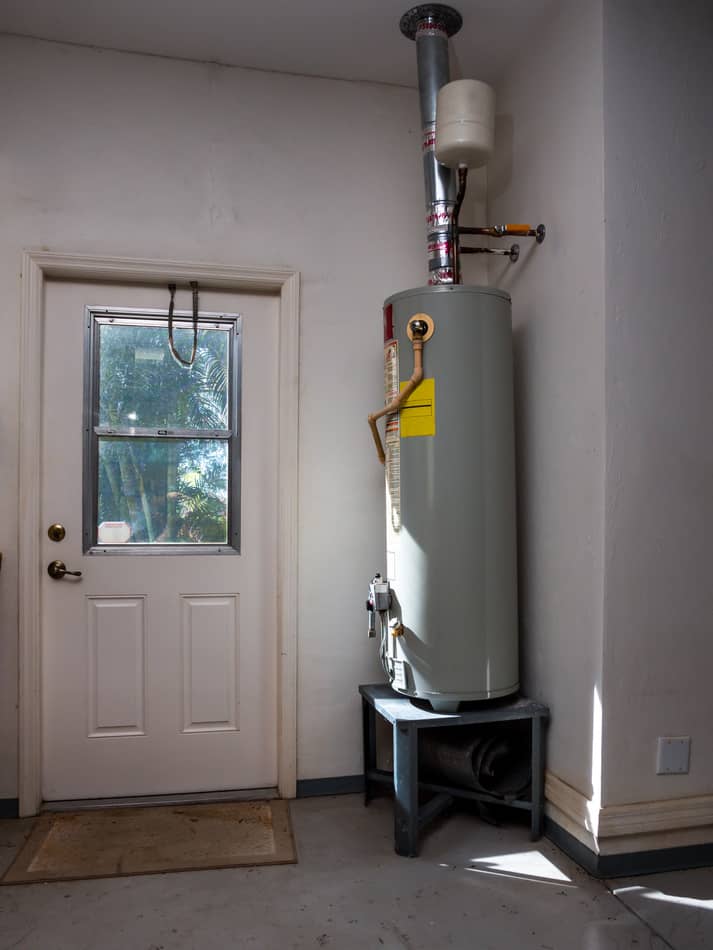We've discovered this great article on Tips For Maintaining Your Hot Water Heater listed below on the web and figured it made good sense to quickly share it with you in this article.

Hot water is important for daily comfort, whether it's for a rejuvenating shower or cleaning recipes. To guarantee your warm water system runs successfully and lasts much longer, regular upkeep is crucial. This post gives sensible ideas and insights on exactly how to maintain your home's hot water system to avoid disruptions and costly repairs.
Introduction
Maintaining your home's hot water system might seem daunting, however with a couple of basic actions, you can guarantee it operates smoothly for many years to come. This overview covers every little thing from comprehending your warm water system to DIY maintenance suggestions and knowing when to call in professional aid.
Relevance of Keeping Your Warm Water System
Routine maintenance not only extends the lifespan of your warm water system yet likewise ensures it operates efficiently. Disregarding upkeep can cause reduced efficiency, higher power costs, and even premature failing of the system.
Indicators Your Hot Water System Needs Upkeep
Recognizing when your hot water system needs focus can protect against significant issues. Look out for indicators such as irregular water temperature, strange sounds from the heating unit, or rusty water.
Recognizing Your Warm Water System
Before diving right into upkeep tasks, it's helpful to recognize the fundamental components of your warm water system. Usually, this consists of the hot water heater itself, pipes, anode poles, and temperature controls.
Monthly Upkeep Tasks
Routine monthly checks can assist catch small problems before they rise.
Flushing the Hot Water Heater
Purging your hot water heater eliminates sediment buildup, boosting performance and extending its life.
Checking and Changing Anode Rods
Anode poles avoid corrosion inside the container. Evaluating and replacing them when worn out is critical.
Examining and Adjusting Temperature Level Setups
Adjusting the temperature level setups guarantees optimum performance and safety and security.
DIY Tips for Maintenance
You can do a number of upkeep tasks on your own to keep your hot water system in leading condition.
Looking for Leaks
On a regular basis evaluate pipes and links for leaks, as these can cause water damages and higher costs.
Testing Pressure Alleviation Valves
Evaluating the stress relief valve ensures it operates correctly and avoids too much pressure accumulation.
Shielding Pipes
Protecting warm water pipes decreases warmth loss and can save energy.
When to Call a Professional
While do it yourself upkeep is beneficial, some problems call for professional knowledge.
Facility Issues Requiring Expert Aid
Examples include significant leakages, electric problems, or if your water heater is constantly underperforming.
Regular Professional Maintenance Benefits
Expert upkeep can include complete inspections, tune-ups, and making sure conformity with safety and security standards.
Final thought
Normal maintenance of your home's hot water system is necessary for performance, longevity, and expense financial savings. By following these suggestions and understanding when to look for professional assistance, you can make certain a reliable supply of hot water without unforeseen interruptions.
How to Maintain an Instant Hot Water Heater
Before tinkering with your hot water heater, make sure that it’s not powered on. You also have to turn off the main circuit breaker and shut off the main gas line to prevent accidents. Also turn off the water valves connected to your unit to prevent water from flowing into and out of the appliance. 2. When you’re done, you have to detach the purge valves’ caps. These look like the letter “T†and are situated on either side of the water valves. Doing so will release any pressure that has accumulated inside the valves while at the same time avoid hot water from shooting out and burning your skin. 3. When the purge valves’ caps are removed, you have to connect your hosing lines to the valves. Your unit should have come with three hoses but if it didn’t, you can purchase these things from any hardware or home repair shops. You can also get them from retail stores that sell water heating systems. Read the user’s manual and follow it to complete this task properly. When the hosing lines are connected, open the purge port’s valves. 4. You should never use harsh chemical cleaners or solutions when cleaning your unit. Make use of white vinegar instead. It should be undiluted and you’ll probably use about 2 gallons. 5. Now flush your water heater. This task should probably take about 40 minutes. We can’t give you specific directions for this because the procedure is carried out depending on the type, model and brand of your heater. With that being said, refer to the user’s manual. 6. When you’re done draining the unit, you have to turn off the purge port valves again. Remove the hosing lines that you earlier installed on each of the water valves. Put the valve caps (purge port) back in their respective places and be very careful so as not to damage the rubber discs that are found inside these caps. 7. Now that everything’s back in place, check your user’s manual again to find out how to reactivate your water heating system. 8. Once it is working, turn one of your hot water faucets on just to let air pass through the heater’s water supply pipes. Leave the tap on until water flows smoothly out of it. https://www.orrplumbing.com/blog/2014/september/how-to-maintain-an-instant-hot-water-heater/

I was shown that report about What Kind of Maintenance Do Water Heaters Need? through a pal on a different web property. Those who appreciated our page please don't forget to pass it around. Many thanks for your time. Please come visit our blog back soon.
View Website